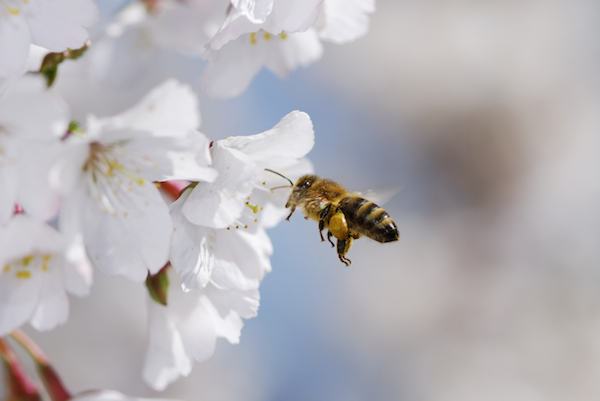Summer means outdoor fun — but it also means bugs!
To avoid stinging insects, you need to be able to identify them. Here’s how you can identify the insects responsible for the five most serious stings:
- Yellow jackets are black with yellow markings and found in various climates. Their nests are usually located underground, but can be found in the walls of buildings, woodpiles or cracks in masonry.
- Honeybees have round, fuzzy bodies with dark brown and yellow markings. They are found in honeycombs in trees, old tires or other protected sites.
- Paper wasps are slender with black, brown, red and yellow markings. They live in a circular comb under eaves, behind shutters or in shrubs and woodpiles. Their combs can grow quite large.
- Hornets are black or brown with white, orange or yellow markings. Their nests are gray or brown and are usually found in trees.
- Fire ants are reddish-brown ants living in large mounds, mostly in warmer climates, and are very common here in Georgia. They attack with little warning, inserting highly concentrated toxins that cause burning and pain.
In stinging insect allergies, the allergen is the venom from an insect sting. Always consult an allergist if you have had a serious reaction to a sting.
Learn more about how to protect yourself from insect sting allergies this summer!

